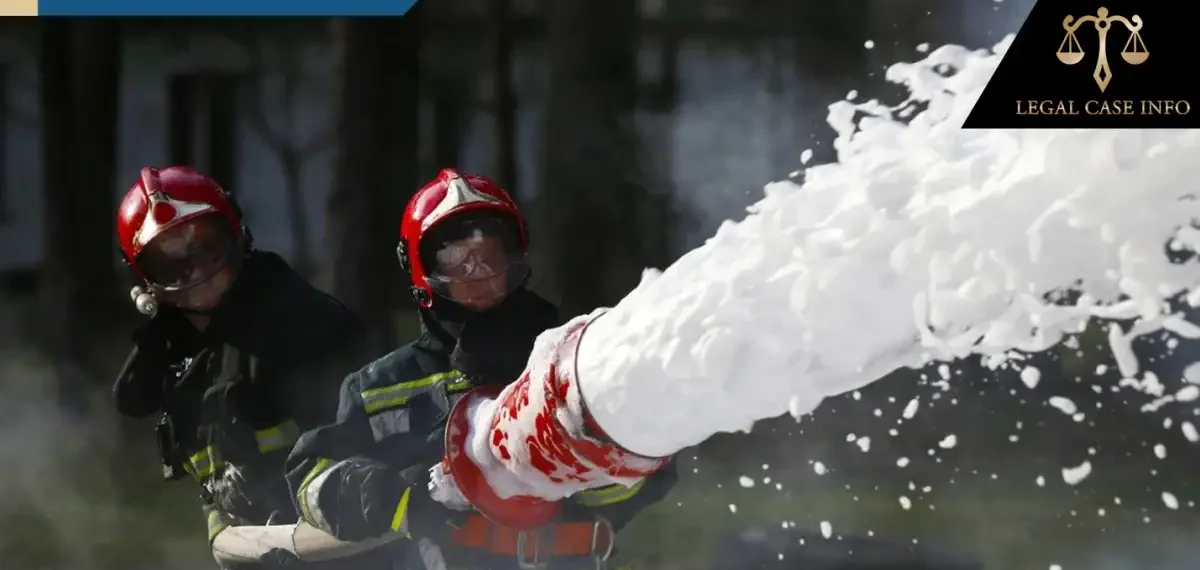
OUR GOAL IS TO SPREAD CONSCIENCE ABOUT FIREFIGHTER CANCER. AIDING THEM, AS WELL AS THEIR FAMILY, TO REBUILD THEIR LIFE
DEDICATION TO SERVE
By connecting them with the top law firms in the USA, we assist firemen who are dealing with cancer in determining whether they qualify for a claim. We support you in making decisions by ensuring that you have access to all the information needed. We pledge to not just meet but also beyond customer expectations.
FIREFIGHTER CANCER AWARENESS MONTH IS IN JANUARY.
In collaboration with the International Association of Fire Fighters (IAFF), we have declared January as Firefighter Cancer Awareness Month to give firefighters the tools and direction they need to create life-saving cancer prevention protocols and to support those who have been diagnosed with the disease within their departments.
By January 2022, we hope to assist 1000 firemen with filing claims after being exposed to aqueous film-forming foam (AFFF).
HAZARDS
Complex firefighting environments with multiple dangerous chemicals are present. Numerous different chemicals can be present in the form of gases, vapours, and particles, which firefighters may be exposed to. Some of these chemical compounds are known to cause cancer or are thought to do so. Some of these dangerous compounds, including benzene and formaldehyde, are byproducts of combustion or burning. Others, like asbestos from older buildings, come from burning materials or from the debris left over from a fire.
Chemicals can be ingested, gotten on the skin or in the eyes, or breathed in by firefighters. They can also get on their skin or in their eyes. Chemicals on protective clothing, also known as turnout gear, can contaminate vehicles and the fire station if it is not properly cleaned or stored after a fire response or training session. Exposure to dangerous substances might also occur if respiratory protection or unclean turnout gear are reused. These exposures can happen when contaminated personal protective equipment (PPE) comes into contact with the skin, or when contaminated PPE is inhaled or consumed.
FAQ?
What is the AFFF?
Aqueous film-forming foam is referred to as AFFF. It is used as a fire extinguisher and works by cooling the flames and obscuring the fuel beneath them. In order to prevent future ignition, it forms a layer between the fuel and the oxygen.
How is afff foam made?
The AFFF works by creating a film that maintains stability over the combustible fluid to suppress fumes and a froth substance that aids in cooling, protecting, and isolating other start sources or threatening fire from reigniting the fumes. This wide range of qualities come together to produce a “finished froth object.”
Can afff lead to cancer?
According to the International Agency for Research on Cancer, PFAS in AFFF are hazardous and may also cause cancer in humans (IARC). The IARC classifies PFOA as a gathering 2B carcinogen, which means that it could potentially cause cancer in humans.
KEY VIDEO LINKS THAT SHOULD BE POSTED ON THE WEBSITE:
WEBSITES TO CHECK OUT FOR MORE DETAILS ABOUT THIS PAGE:
